Viltrox 85mm F1.8 MF FE Review
Dustin Abbott
May 24th, 2019
I first heard of Viltrox late in 2018 when they announced three new lenses for Sony and Fuji mirrorless systems. One of those lenses (the first that I reviewed) was a 20mm F1.8 fully manual lens for Sony FE. The other two lenses were both 85mm options, including an autofocusing 85mm lens (with a STM focus motor) for Fuji X-mount, while the final lens of the trio was this one – the Viltrox 85mm F1.8 – which is what I call a “hybrid manual focus” lens and is also for Sony FE (full frame mirrorless). It’s fully manual in terms of focus, but, like the Zeiss Loxia series, it has an electromagnetic aperture iris, electronic connections to the camera, and is thus a little simpler to operate. It turns out that there is an autofocus version (with an STM focus motor similar to the Fuji version) that will come later (for an additional $80). Despite the potential of the coming autofocus version, this lens may prove to be the better option for video due to having a gorgeous manual focus ring and a truly affordable price. Is the Viltrox 85MF a lens you should consider? Read on to find out!
Follow Me @ Patreon | My Newsletter | Instagram | Facebook | Twitter | Flickr | 500px
Prefer to watch your reviews? My thorough video review has you covered!
Viltrox 85MF Build, Handling, and Design
First of all, I continue to be impressed by how beautifully made these Viltrox lenses are. They have a fully metal construction that looks a feels a lot like a classic Zeiss lens. Check out this video to get a detailed, hands-on look the 85MF:
The lens has some serious heft despite being only moderately sized due to the dense construction. I measure the lens as roughly 80mm (3.15″) in diameter and 100mm (3.93″) in length. I say roughly as I can’t find official measurements anywhere. Despite this moderate size the lens weighs in at 665g (1.47lb), and so, like a Zeiss lens, it feels surprisingly dense. It actually outweighs the new Samyang AF 85mm F1.4 for Sony FE by 100g despite that lens having a larger maximum aperture, an autofocus motor, and also having metal (howbeit a lightweight aluminum body) construction. It also feels very robust and durable, however, and that’s a good thing.
The overall appearance of this lens is very attractive, with an anodized metal satin finish accented by etched barrel markings in white. The lack of anything save the manual focus ring creates a very clean, timeless look. Viltrox has added a few ribbed sections to the sides of the 85MF to both provide additional grip while holding the lens and also to give it some texture variation. There is a red badge on one side that identifies this is a DF (Digital Fullframe) lens and that it has RBW (Real Beam Waveguide) coatings (their version of multicoatings).
As noted, the main feature on the barrel is a tightly ribbed manual focus ring that is, put simply, fantastic. It glides along smoothly with near-perfect weight and has satisfyingly precise hard stops at minimum and infinity. Distance markings are etched on it, and it has about 146 degrees of focus throw – great for nice precision. I’ve had an easy time nailing focus with the lens, and that fantastic focus ring makes it a great option for video (see the final video review for some sample video footage and the quality of focus throws). The lens focuses internally and so the overall length does not change.
There is no manual aperture ring here, as, unlike the 20mm F1.8 that I reviewed, the 85MF sports an electromagnetic aperture iris that allows the iris to be controlled from within the camera body (and for the camera to choose aperture if desired). This simplifies the lens for many shooters and makes it easier to use. In operation it is similar to the Zeiss Loxia series, with the exception that the 85MF lacks one feature that I really like: the ability for the lens to note when manual focus is taking place and to send a signal to the camera body to automatically magnify the active focus area to aid precision in manual focus. You can manually magnify and accomplish the same thing, but it is a slightly “clunkier” process. Perhaps that’s a goal to aspire to for future Viltrox lenses.
As you might have guessed, this means that the lens does have electronic contacts and does transmit EXIF data to the camera. That’s definitely helpful, though the lens identifies in editing software as the Sony FE 85mm F1.8 (which it is not). I’ll double back to that in the IQ section. Everything works fine here, but I do find that the lens’ processor runs a little slower than most lenses. What I mean by that is that it seems to take the camera little longer to “boot up” with the 85MF attached at times (not always), and it seems like setting the aperture back to the last selected option takes a bit longer than typical. The good news is this may improve in the future.
How?
Because Viltrox has wisely included a micro-USB port on the rear of the lens that will allow the 85MF to receive firmware updates. This is encouraging, as while Viltrox is showing a surprising amount of polish to their physical construction, they are still a new company when it comes to lens’ electronics (though with some experience creating adapters). The USB port may allowed improved performance in the processor in the future.
Up front we find an included lens hood (plastic) and a 72mm front filter thread. Both the front pinch cap (which operates nicely) and the rear lens cap are properly branded, which I think is smart. I’ve seen some new lens makers that included generic caps, and it cheapens the experience. Viltrox has nailed a lot of the little details…including the very nice packaging.
The lens has nine rounded aperture blades, which does a pretty good job of retaining a circular shape when stopped down.
The 85MF does not have weather sealing outside of the moisture resistant coatings on the front of the lens. All in all, however, this is a beautifully made lens that feels far, far more premium in the hand than its sub $300 price tag suggests.
Viltrox 85MF Image Quality
Despite having the lowest price of entry into the 85mm focal length in the Sony FE universe, the Viltrox delivers a fairly strong optical performance. The best way to get the details is by watching this video, which breaks all of it down in detail and provides some comparison points:
There is definitely some vignette and distortion visible if you have the right kind of background. I noted previously that the lens identifies in software (at least in Adobe products) as the Sony FE 85mm F1.8. While that might be considered a good thing, as you can apply the Sony profile for corrections, the results are not great because the lenses have different optical properties. It is clear the 85MF has both more vignette (and a different vignette pattern) along with more pincushion distortion, so I’m not satisfied with the results of that correction. At F1.8 I far prefer the results I can achieve through manual correction or creating a custom profile.
The end result on the right looks fairly clean. You can achieve that result by inputting a -9 for distortion and 66/4 value on Vignette Amount/Midpoint. The latter value is interesting, as it shows that at F1.8 the vignette is moderately heavy but, more relevant, extends through almost the whole frame. This produces a somewhat interesting result when you stop the lens down just 1/3 stop to F2. The camera does not meter any different and instead shows a slightly brighter result at F2 though the opposite should be true. Why? I believe the vignette penetrates so far into the frame that the surprisingly robust vignette lift at F2 actually allows for a brighter result even with equal settings. My advice: treat this lens like an F2 lens unless you actually desire the vignette effect. You’ll get cleaner, more evenly illuminated results by just that small adjustment.There is one other optical issue to highlight, and that is some longitudinal chromatic aberration (purple/green fringing) that shows up at wide apertures.
I’ve fixed it fairly easily by inputting a value of +15 on the Defringe Amount slider and a 39/58 split on the Purple Hue tab. If you buy this lens, I would recommend building an import preset with all of the values shown above in it. This will clean up just about all the shortcomings of the lens and produce a very clean result as you can see here: I’ve started by highlighting the flaws, but there’s a lot of goodness here, too. At F1.8 there is a good amount of center sharpness with a slightly reduced amount of contrast due to the LoCA (longitudinal CA) that we mentioned. Corners are a bit softer with some variance based on where in the frame you sample: This particular sharpness profile is actually quite a good one for portraits, and you can produce very credible results at F1.8 for portraits if you step back a little to increase depth of field: Stopping down to F2.8 allows for both higher contrast and resolution in the center of the frame along with stronger performance along the edges of the frame. You can produce some great looking images at apertures from F1.8 to F2.8: Color rendition is quite strong from the lens, with accurate, nicely saturated colors that are ever-so-slightly warm.Stopping the lens down to F5.6-F8 produces high sharpness and contrast across the frame, allowing the lens to double as a nice landscape lens:
Bokeh quality is nice and smooth at close distances: …but can get a little busy/nervous in the transition zone (from focus to defocus) in certain settings, like this: The lens can focus down to .8m (2.62ft), giving a maximum magnification figure of 0.125x, or roughly middle of the pack for 85mm lenses. The nine-bladed aperture produces nicely circular bokeh shapes wide open and through F2.8 as shown here (this also represents minimum focus for the lens). This image shows the bokeh shows pretty nice geometry in real-world situations: The 85MF is neither best nor the worst 85mm lens I’ve seen in resisting flare. It loses some contrast wide open and then shows some mild ghosting artifacts when stopped down to smaller apertures. The sunburst effect at smaller apertures is pretty decent for an 85mm lens. All in all, the flaws of the 85MF optically are pretty easy to swallow when you consider the price tag. This is not just a bargain lens; it is a solid optical performer. Here are a few more images from the lens, and, if you want to see more, take a look at the Image Gallery here.Conclusion
While a manual focus lens isn’t for everyone, the Viltrox 85mm F1.8 FE lens represents a very low cost of entry to a full frame 85mm lens at around $300 USD. Unlike lenses like the earlier Samyang/Rokinon manual focus lenses, the 85MF has both a high end build quality along with an electromagnetic (auto) aperture. It has a beautiful manual focus ring that makes manual focus really somewhat of a joy and which also makes this version of the lens more desirable than the upcoming autofocus version of it for video shooters. I also thinks it makes for a fairly lovely portrait lens for a really reasonable price:
The Viltrox 85mm F1.8 is worth a look if you are on a tight budget and can’t afford the popular (and very good) Sony FE 85mm F1.8. This lens costs half as much as the Sony, and that might make all the difference for you. It’s far from a perfect lens, but it is even further from the budget lenses of the past.
Pros:
- Beautiful build grade
- Fantastic manual focus ring
- Auto aperture and electronic communication
- Very good center sharpness
- Good color rendition
- Nice bokeh in most situations
- USB port for firmware updates
- Fantastic price
Cons:
- Noticeable pincushion distortion
- Some purple and green fringing
- Lens processor can be a little slow at startup
- Fairly heavy vignette at F1.8
Purchase the Viltrox 85mm F1.8 FE @ B&H Photo | Amazon | Amazon Canada | Amazon UK | Amazon Germany | Ebay
Sony a7R III Camera: B&H Photo | Amazon | Amazon.ca | Amazon UK | Ebay
Peak Design Slide Lite: Peak Design Store | B&H Photo | Amazon | Amazon Canada | Amazon UK
Sony a6500: B&H Photo | Amazon | Amazon.ca | Amazon UK | Ebay
Peak Design Leash Strap: Peak Design Store | B&H Photo | Amazon | Amazon Canada | Amazon UK
BenQ SW271 4K Photo Editing Monitor – B&H Photo | Amazon | Amazon.ca | Amazon UK
Adobe Photoshop Creative Cloud 1-Year Subscription
Alien Skin Exposure X4 (Use Code “dustinabbott” to get 10% anything and everything)
Visit Dustin’s Amazon Storefront and see his favorite gear

Purchasing your gear through B&H and these links helps fund this website and keeps the articles coming. You can also make a donation here if you would like. Visit my Amazon page for some of my gear of choice! Thank you for your support.
Great News! I can now offer a 5% discount on all purchases at Amplis Foto, Canada’s Leading Photographic Supplier. Please enter discount code: AMPLIS52018DA in your cart. It is good for everything in your cart, and is stackable with other coupons, too! It will take 5% off your entire order! Proceeds go towards keeping this site going and providing you with new reviews!
Check me out on: My Patreon | Sign Up for My Newsletter | Instagram | Facebook | Twitter | Flickr | 500px | Google+ |
Use Code “DUSTINHDR” to get $10 off ($15 CDN) any Skylum product: Luminar, Aurora, or AirMagic
Keywords: viltrox, viltrox 85, viltrox 85mm, viltrox 85 1.8, viltrox 85 1.8 review, Viltrox 85mm Sony, Viltrox 85mm Fuji, Review, Dustin Abbott, FE, Viltrox 85mm F1.8, Viltrox 85mm F1.8 review, viltrox 85mm 1.8 review, Portrait, Sony a7RIII, Sony a7III, Bokeh, Sharpness, Resolution, Bokeh, Video Test, Sample Images, Real World
DISCLAIMER: This article and description contains affiliate links, which means that if you click on one of the product links, I’ll receive a small commission. As an Amazon Associate I earn from qualifying purchases.










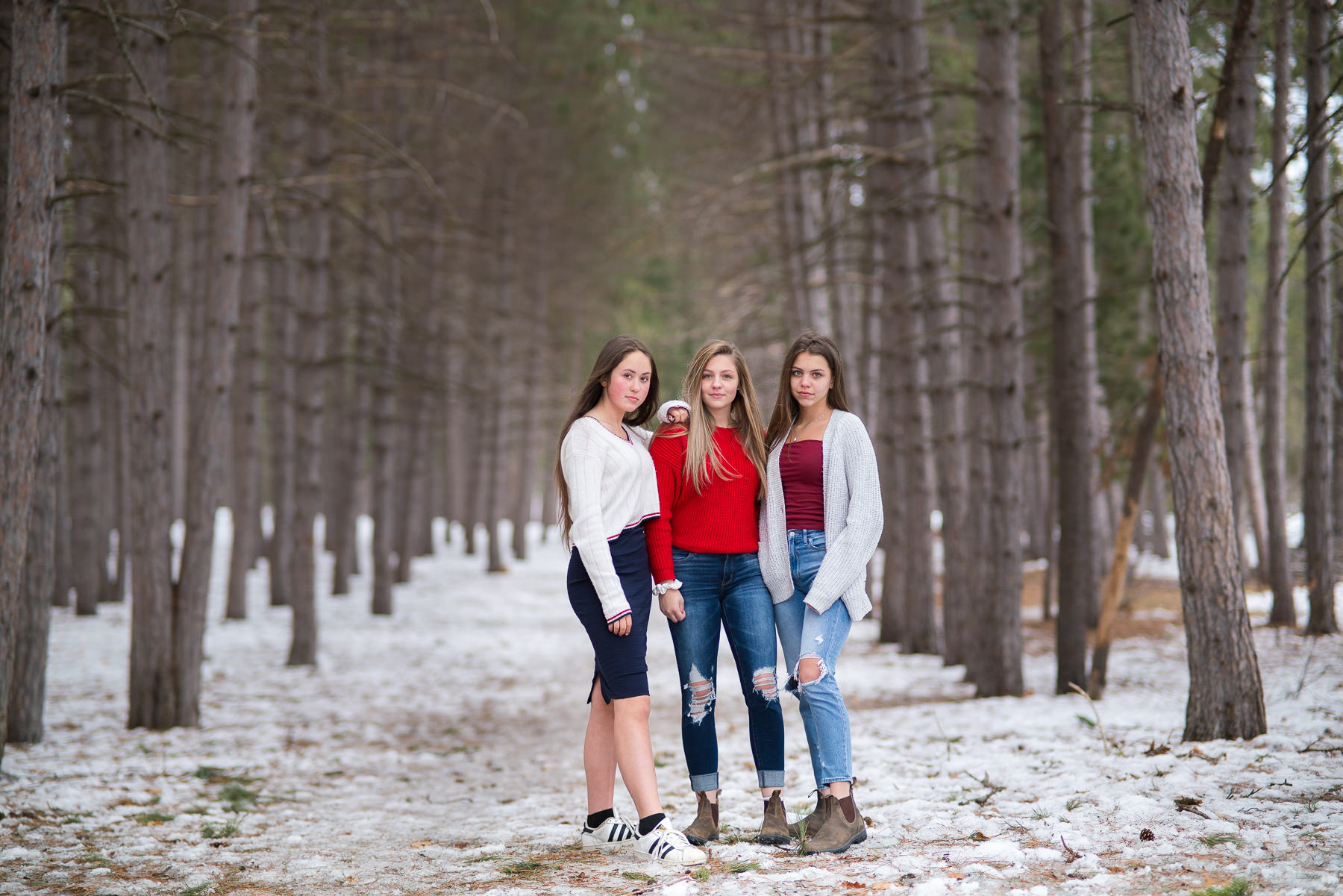

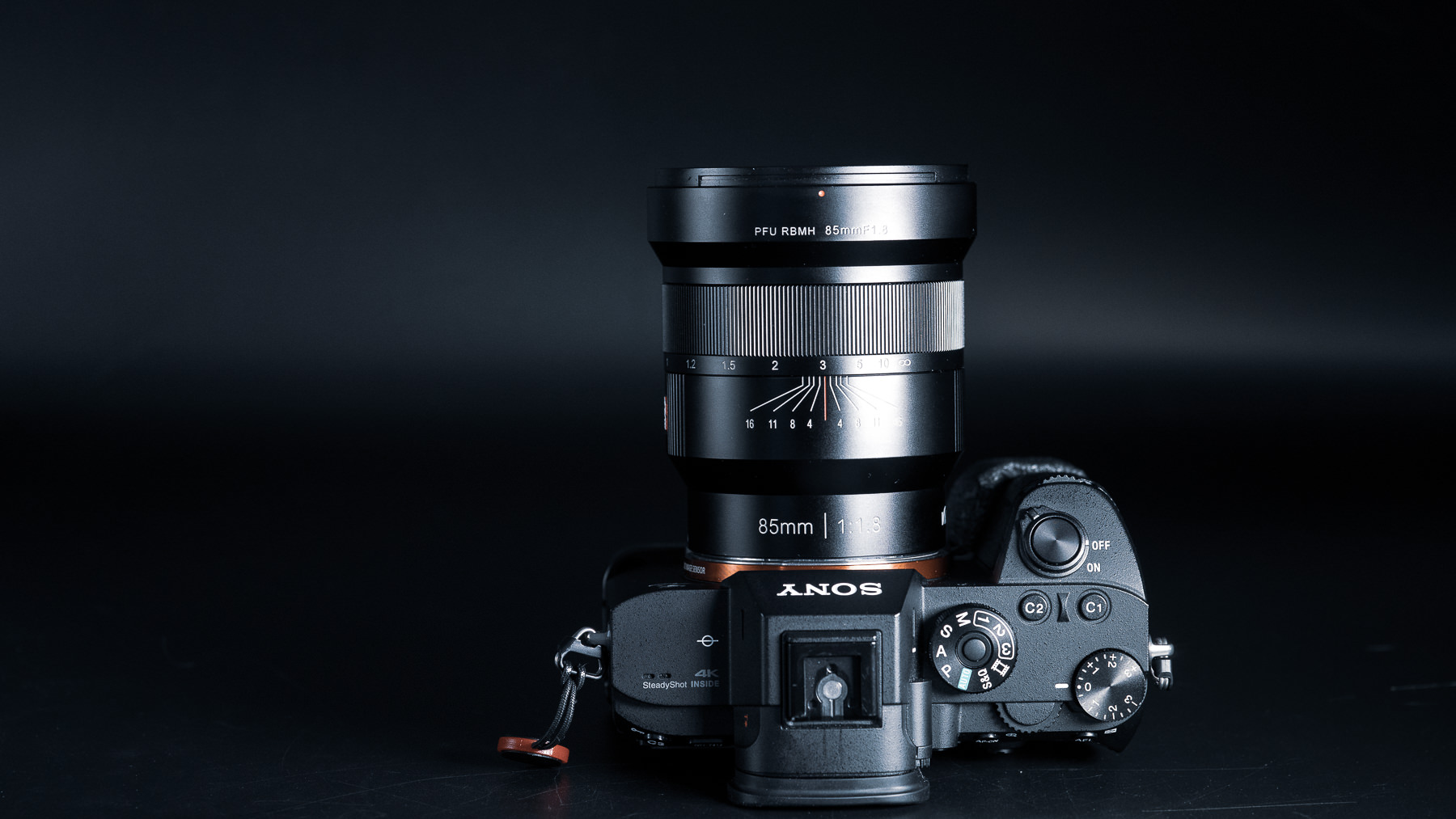
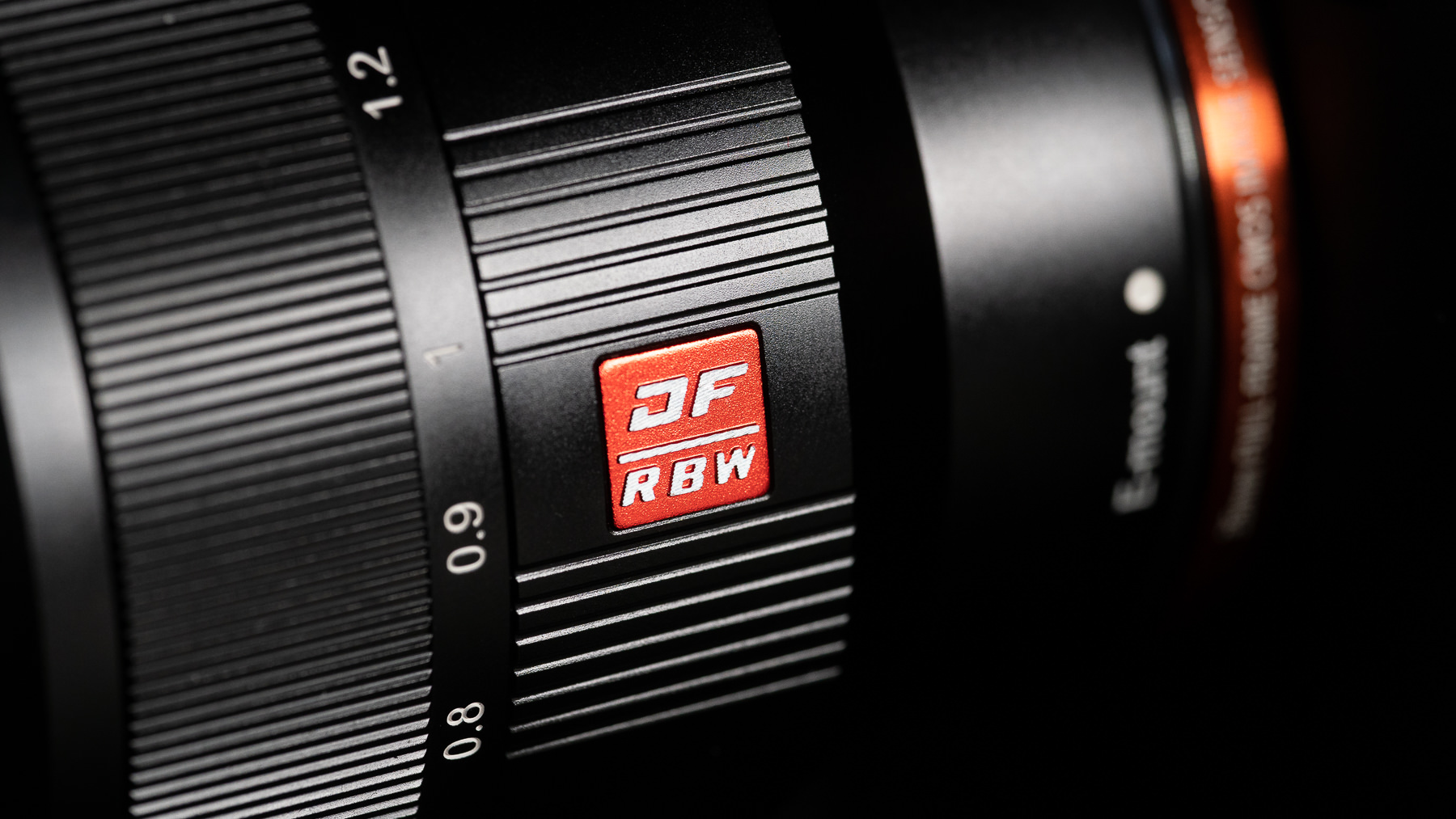
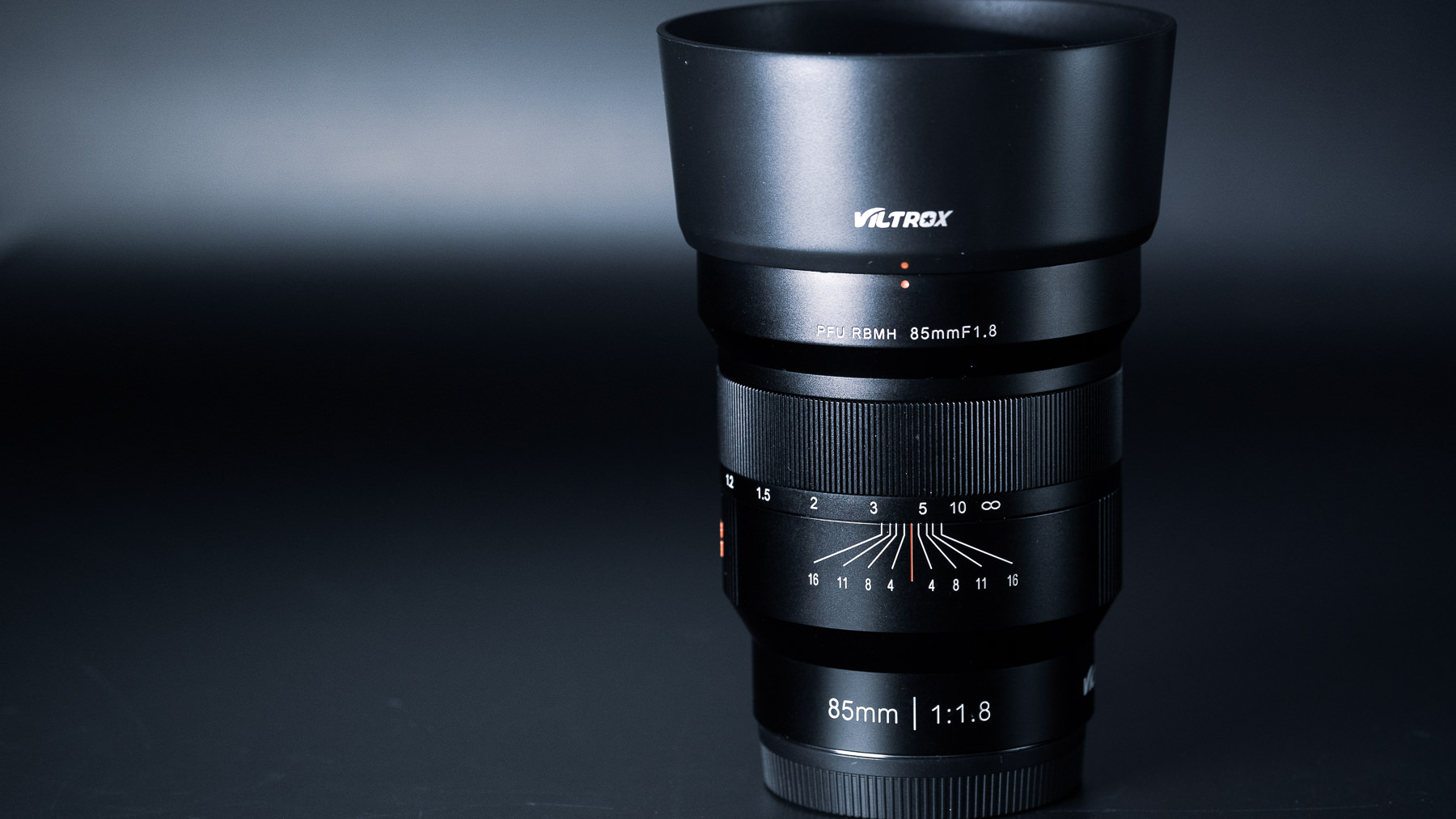
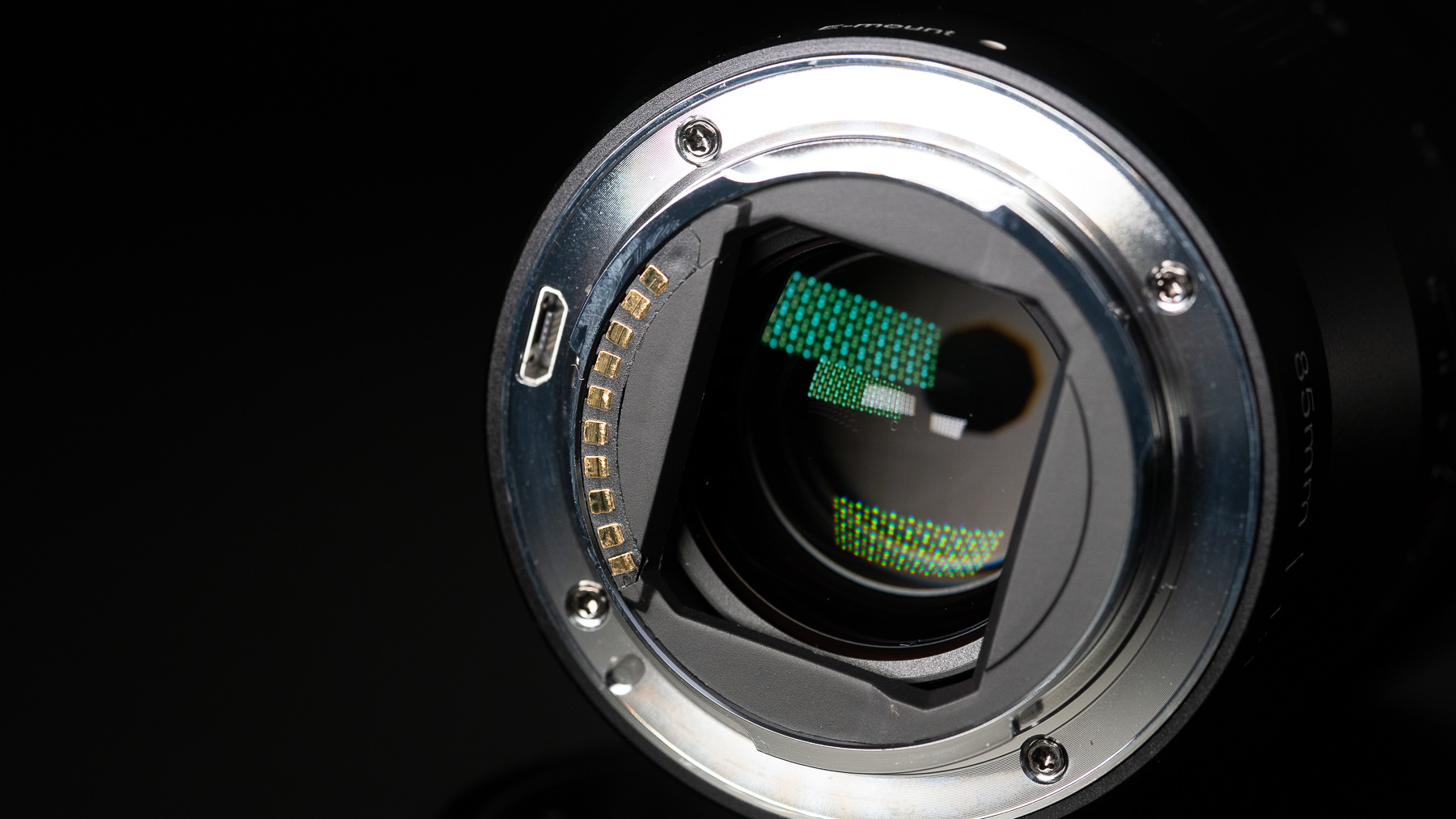
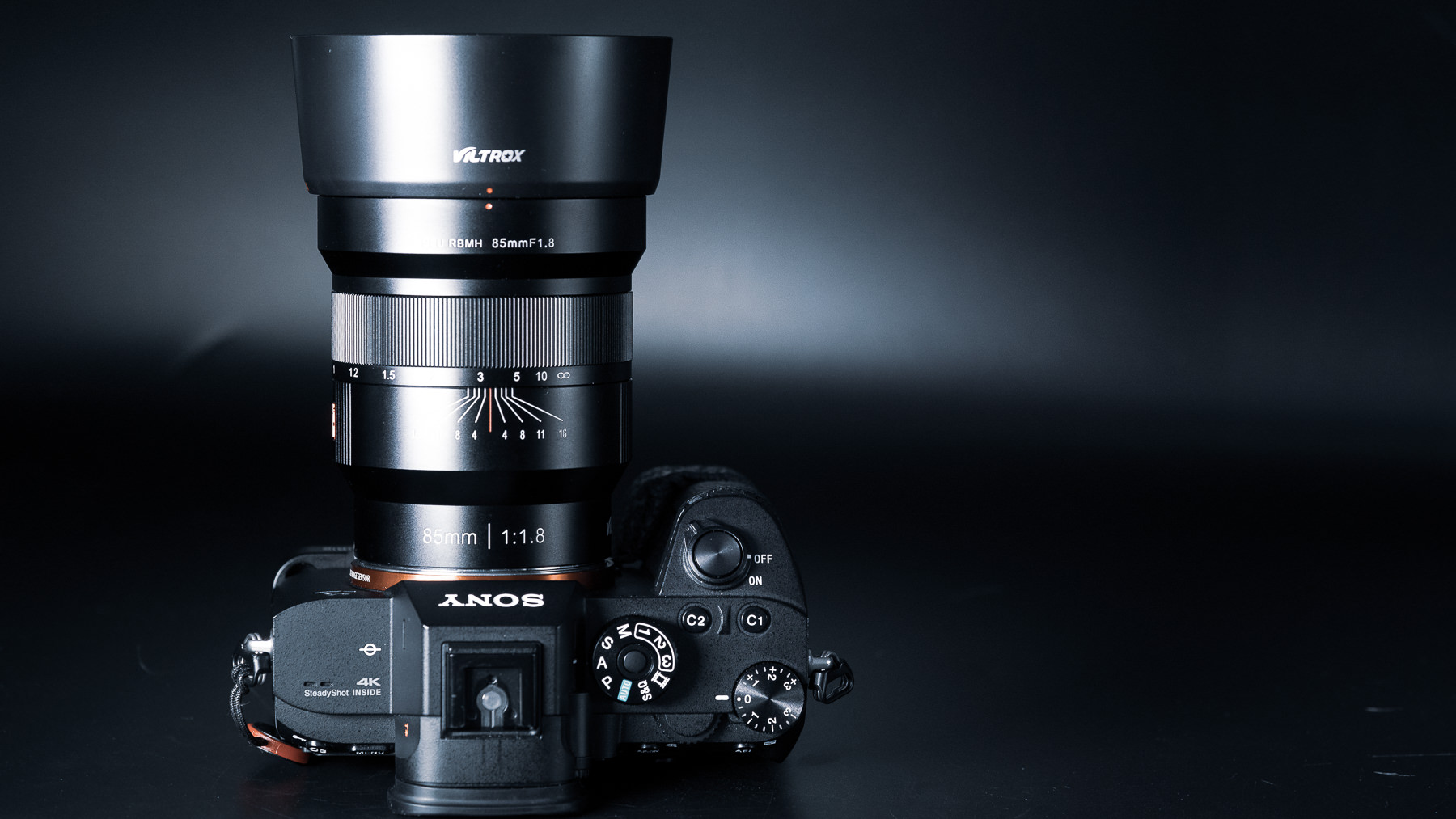
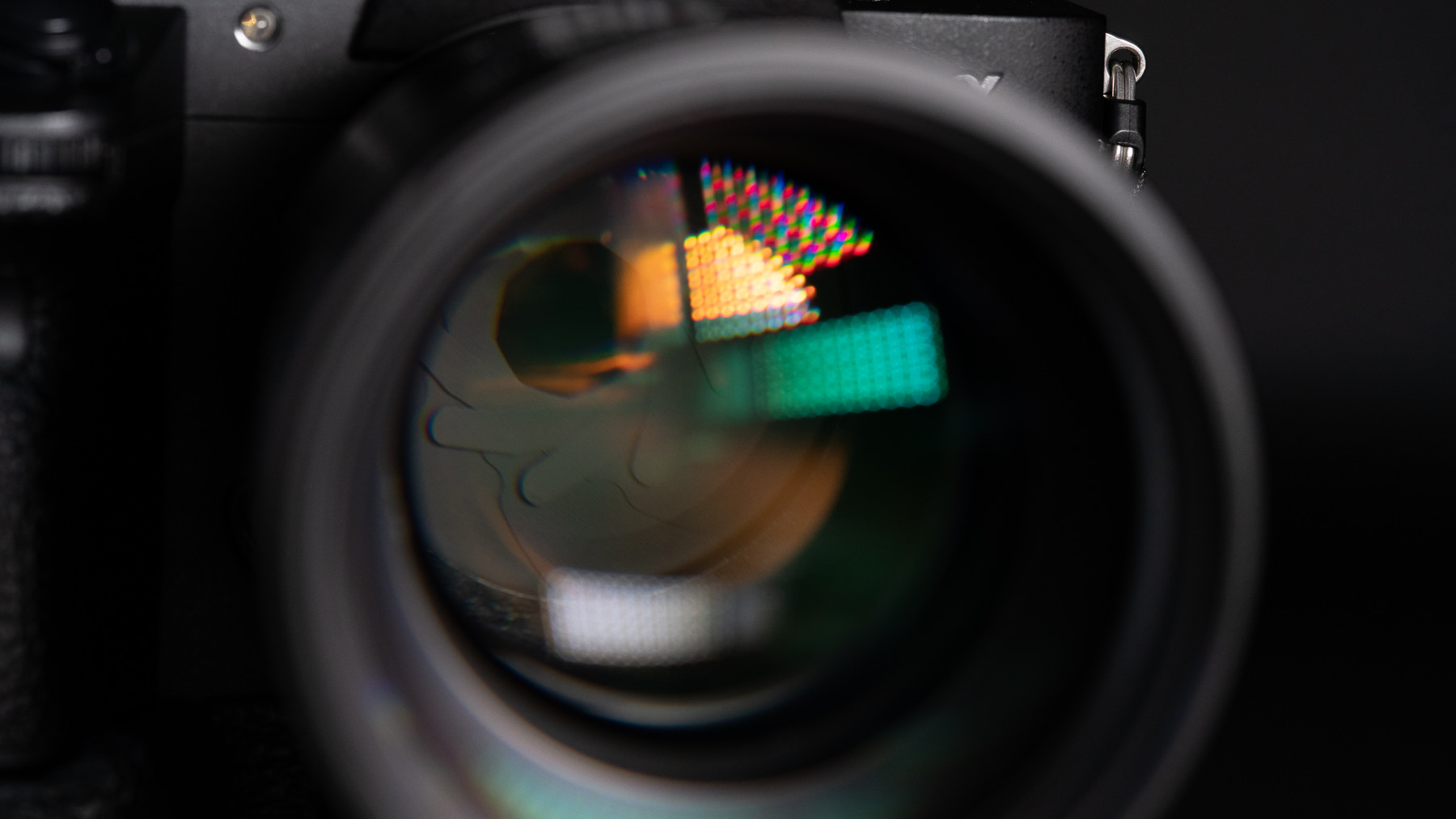



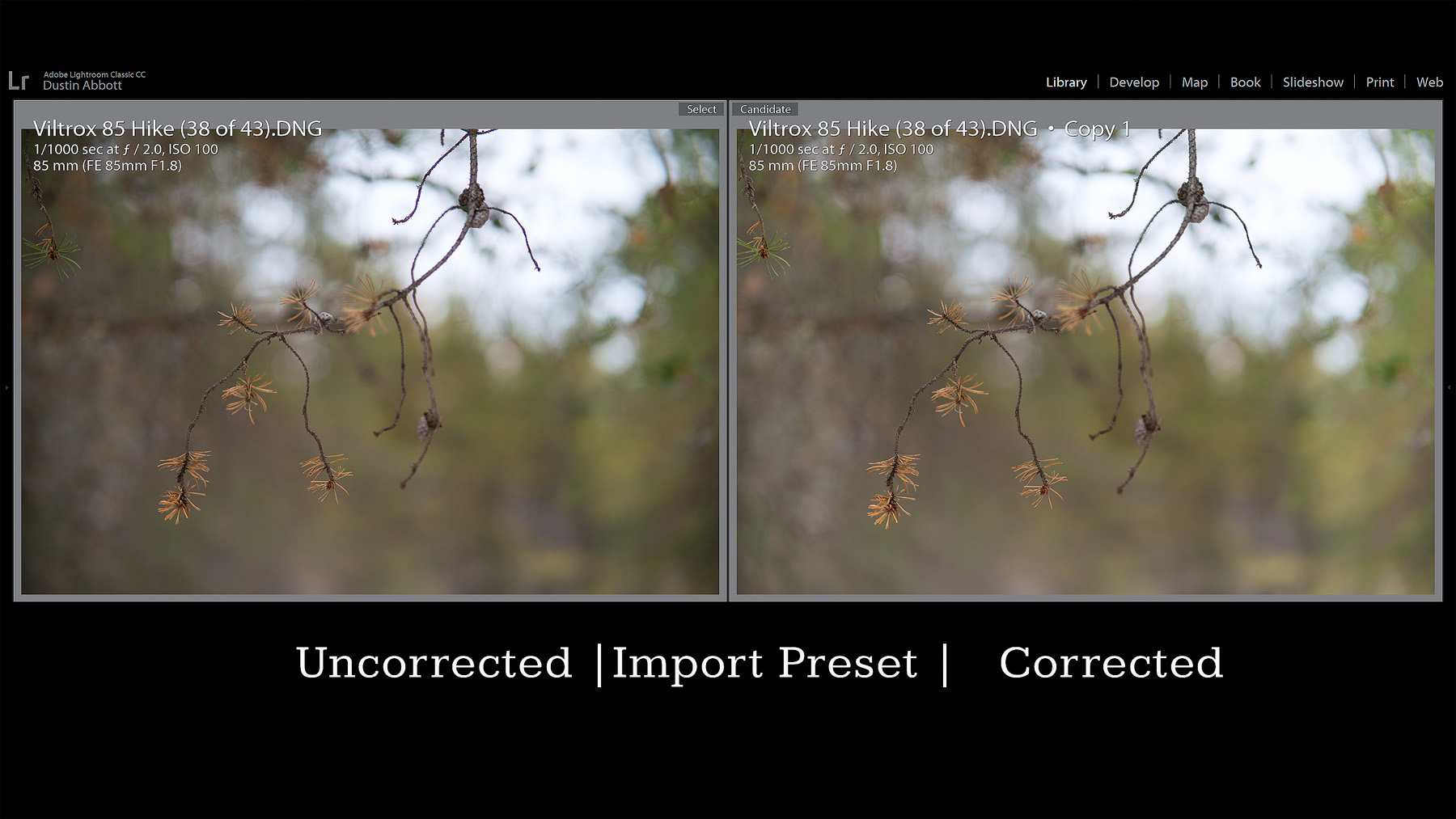
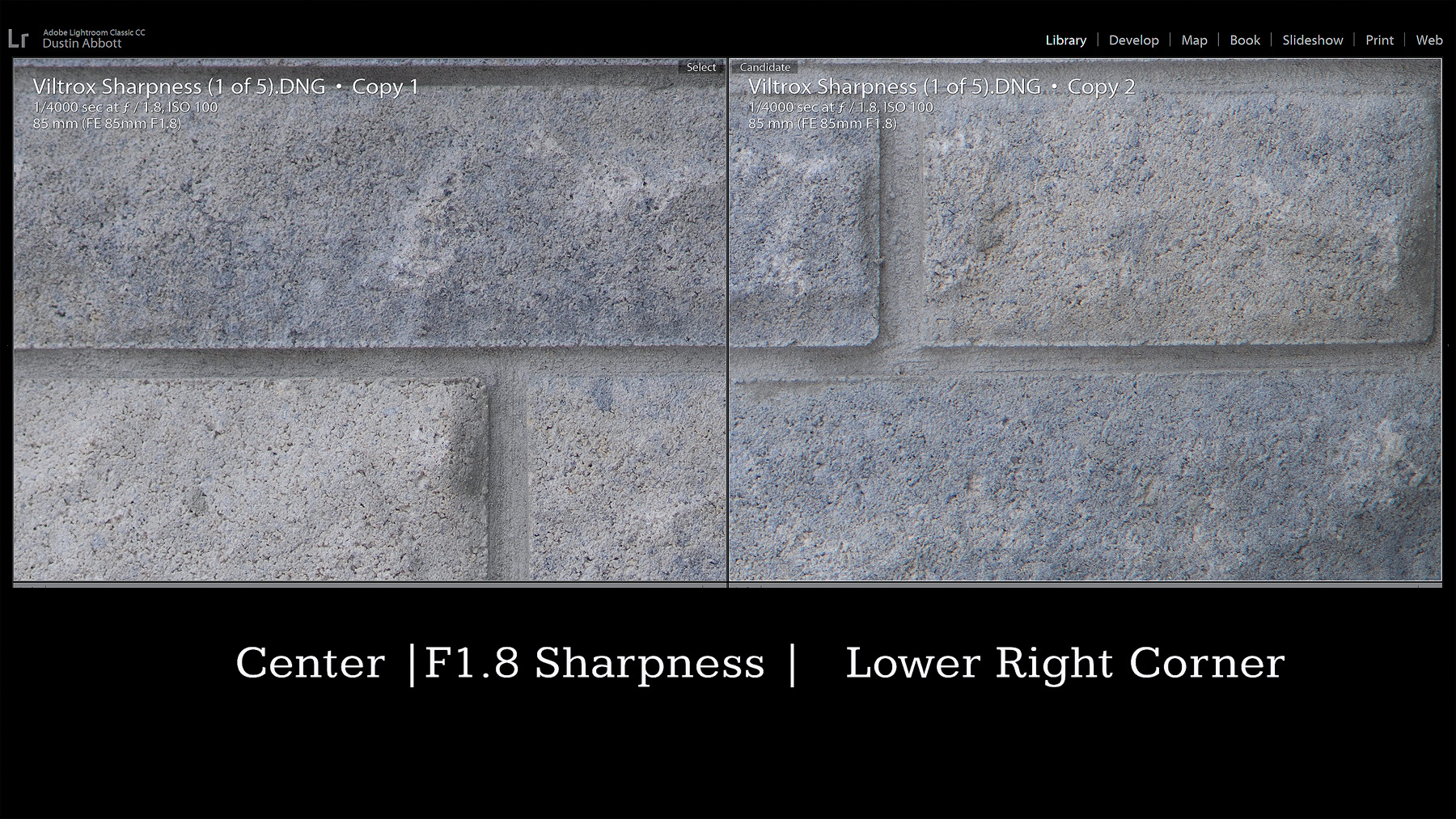
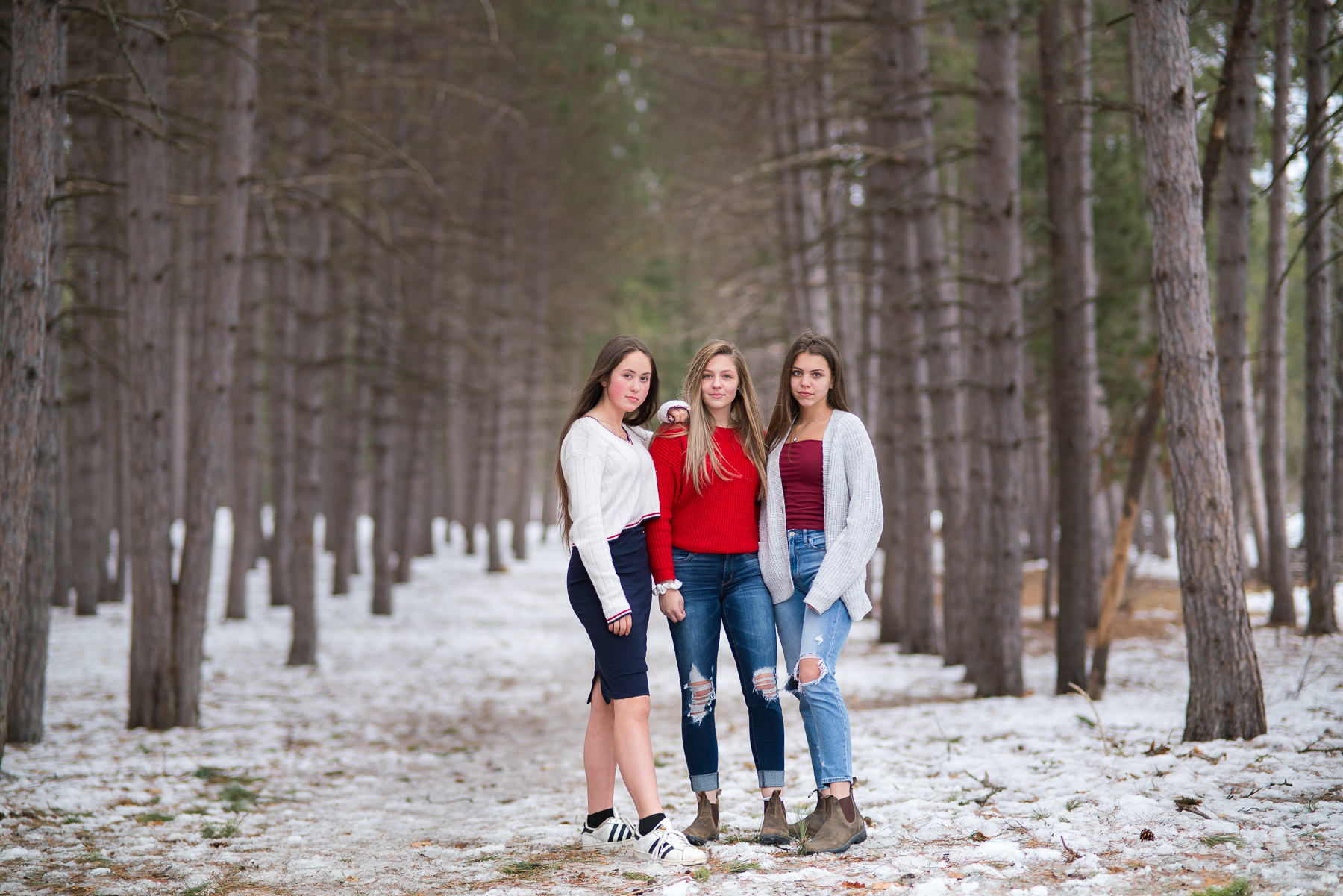

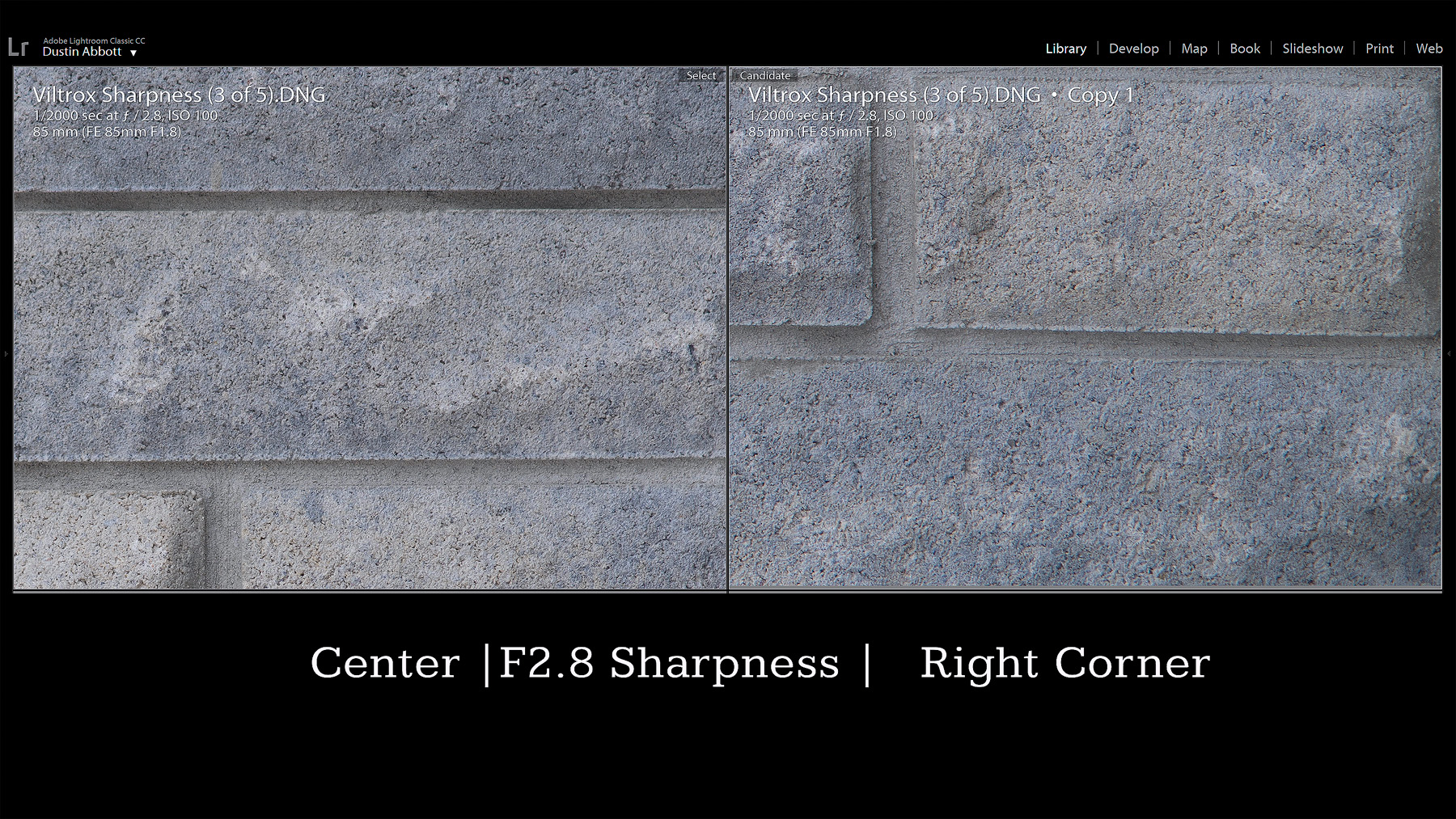
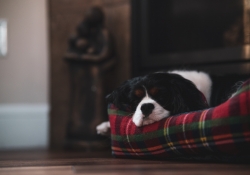
















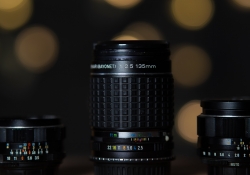
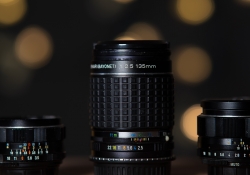

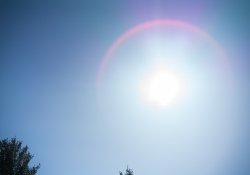
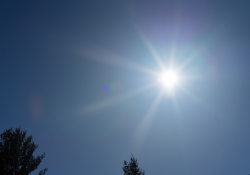
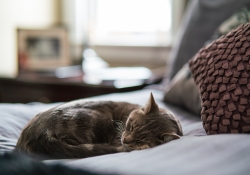


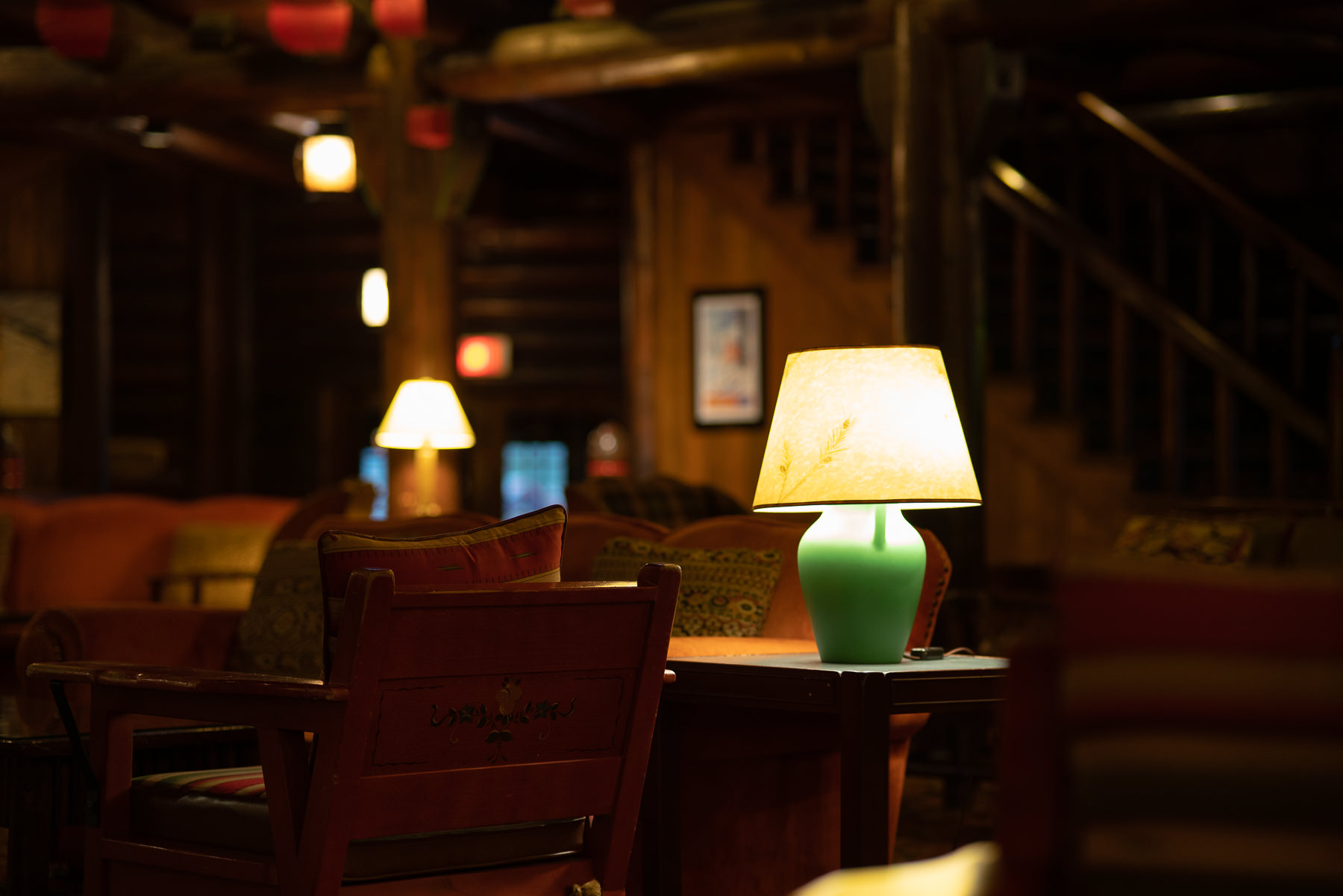





 7Artisans AF 50mm F1.8 Photo Gallery
7Artisans AF 50mm F1.8 Photo Gallery  Neewer Litetrip 35 Carbon Fiber Travel Tripod Review
Neewer Litetrip 35 Carbon Fiber Travel Tripod Review 




